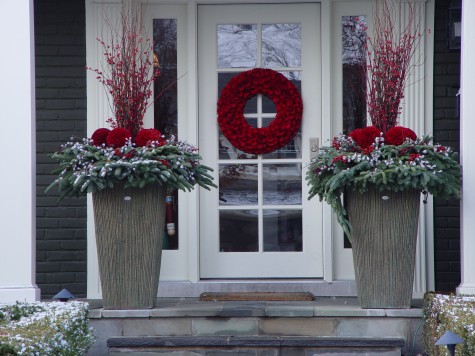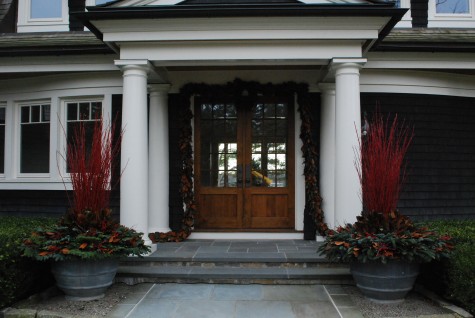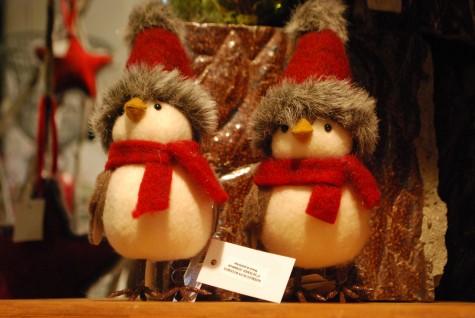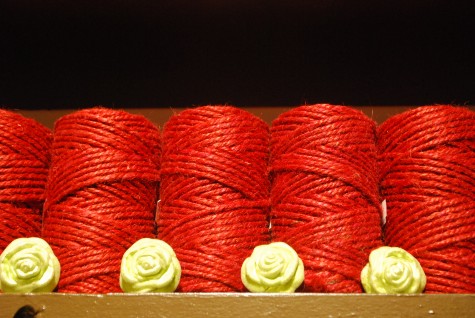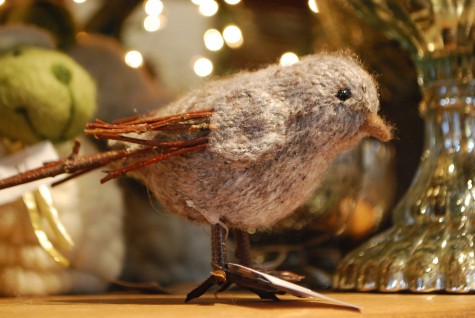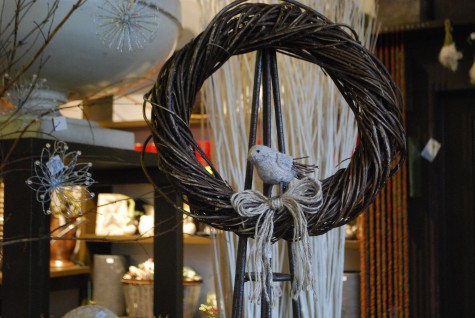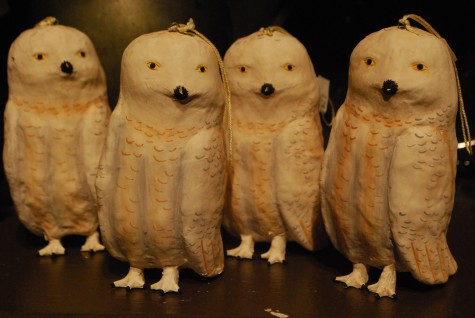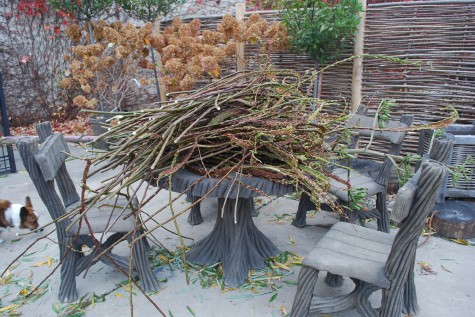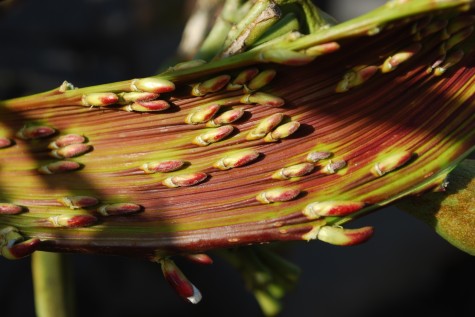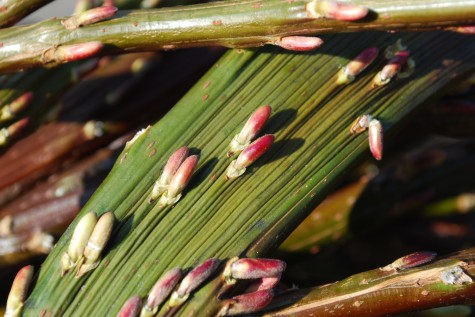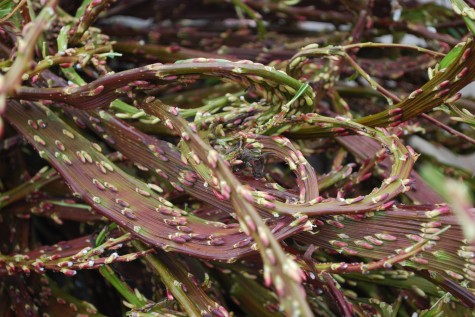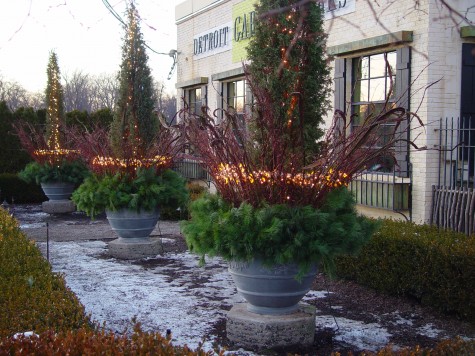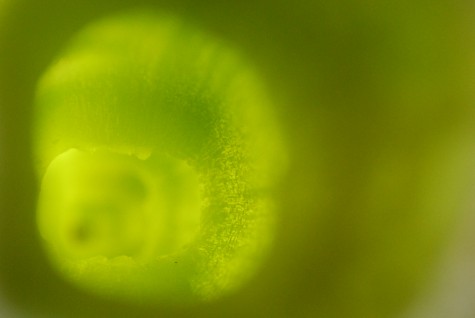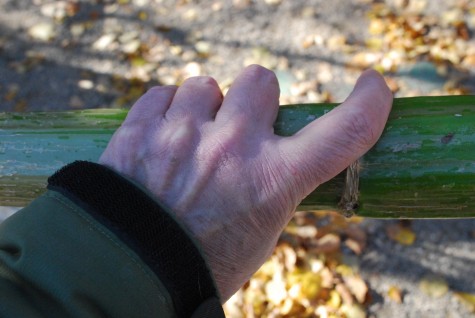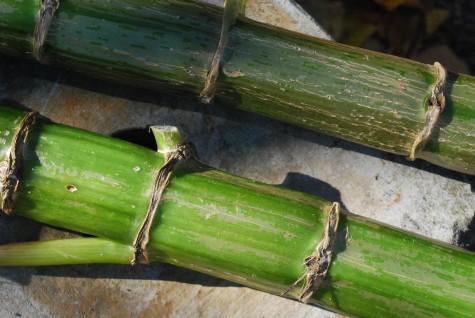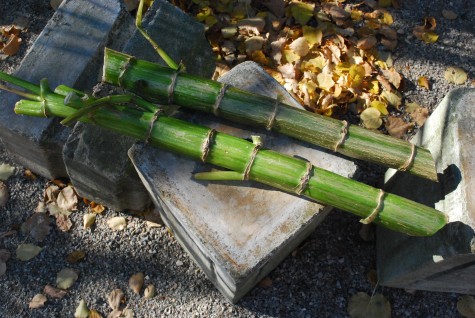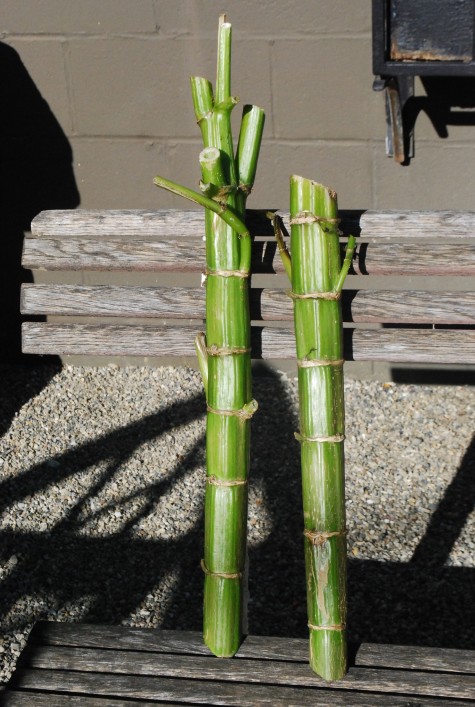Clients are calling about their winter pots, and holiday decor-that season is coming up fast. How to express all of that is a big topic of discussion. Having installed winter pots and decorated inside and out for the holidays for the better part of 25 years, I can attest to the fact that there are endless possibilities. My best advice-in addition to every other job you have as a professional, a parent, or a gardener, take on the job of design editor in chief. Great design is about a clear underlying idea about what is important to you. And subsequently, what beautifully expresses that idea.
We have a strong holiday materials thread going on at the shop that I call warm and woolly. Our winters are fierce, and relentlessly cold. The garden is silent, and we alternate between short grey days and long black nights. This state of being brings plenty of ideas to mind. Let’s address just one. I like to keep it simple, at this stage. How can my idea to celebrate the holiday and winter season best block out the cold and dark? I go right from the idea to the materials. I never design without specific materials in mind. If I want to stay warm, be warm, host my friends and family warmly, I choose my materials accordingly.
A winter pot ringed with a heavy blanket of greens looks warm. A tree wrapped in burlap looks warmer. A holiday tree decorated in pine cones and ornament from natural materials is warm. The color red is warm; a garland draped over a door is a warm gesture. The brown felted backs of magnolia leaves look warm.
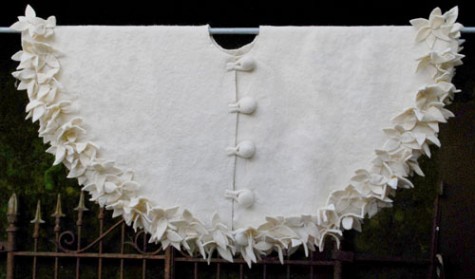
Felt in any form speaks to warm. This tree skirt was handmade from from the thickest felt I have ever seen. It is a natural for our warm for the holidays collection. Wool is a natural material that wards off the cold. Felting is a process prized by individual artists-much like the woman who designed and created these handmade tree skirts. This skirt inspires all kinds of ideas about ornament and decor made from warm fabrics.
Jenny works in the shop. Her collection of winter headgear is astonishing, and geared to warm. Her winter hats-there’s an essay of its own there. These felted birds remind us of someone we know and like. The Jenny birds-we have a good feeling about them, from the fake fur trimmed hats to the scarves to the felt beaks. They are good humored, sturdy little birds.
These spools of thick red twine look great. Individual strands would provide a cheery and homespun look to a package, or garland. I could see a big red bow made from multiple strands. I could see a plant climber wrapped with lights-and the cords covered with this twine.  Materials empower any design idea. I shop the fields, and the hardware store. I look around for homegrown inspiration. Once I assemble a group of materials that represent the feeling I am strying to create, I tinker with putting them together in some coherent way. You can do the same. This red bud pussy willow looks great with the orange ilex berries. These materials are a sure bet to warm up a winter pot.
Materials empower any design idea. I shop the fields, and the hardware store. I look around for homegrown inspiration. Once I assemble a group of materials that represent the feeling I am strying to create, I tinker with putting them together in some coherent way. You can do the same. This red bud pussy willow looks great with the orange ilex berries. These materials are a sure bet to warm up a winter pot.
This knitted bird is very appealing. A customer yesterday put that into words. It looks like a child created it, she said. Well said. Should children figure in your holiday decorating, materials like this might work.
Perched on a jute bow in a twig wreath-simply charming.
These paper mache owls have an entirely different feeling to them. I think they look like a group of people-each one with its own sophisticated and complicated personality. They represent a grown up kind of warm.
The dark and cold days are just about here. This steel hoop strung with brown corded lights-this is what I see first when I get to work. Very warm, this.
